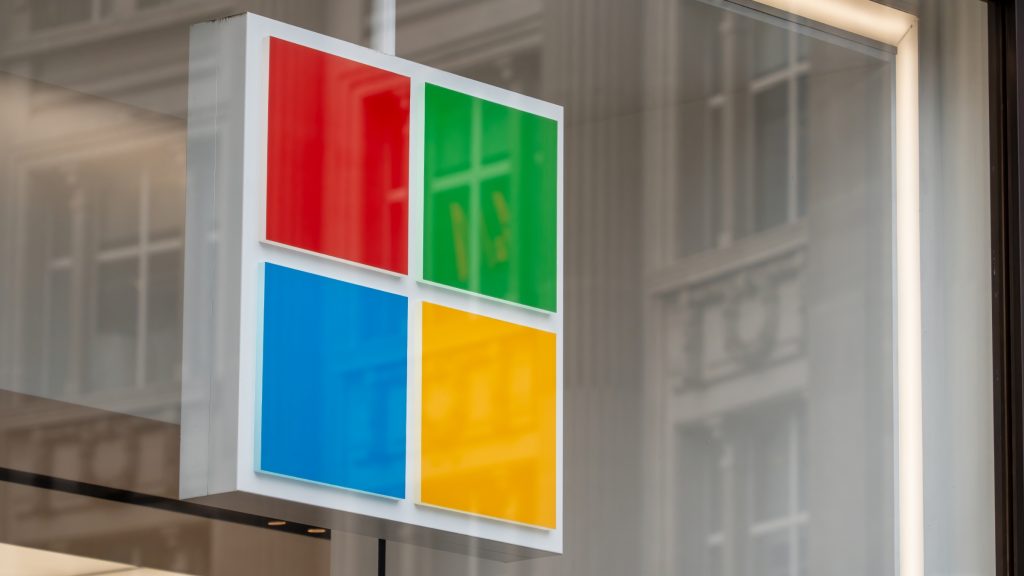
Microsoft released a new security patch for CVE-2023-24932, a critical vulnerability in Microsoft Secure Boot that allows attackers to bypass security protections and compromise administrator credentials.
Originally disclosed in May 2023, the flaw endured multiple updates as cybersecurity experts work to mitigate the risks. Microsoft’s Secure Boot feature is designed to block unsigned software during boot time to ensure system integrity.
The vulnerability, however, allows attackers to inject a tainted boot policy, by passing this protection. While exploitation requires administrative privileges or physical access, the threat remains high, especially for high-value targets.
How Vulnerability Works
CVE-2023-24932 is a Security Feature Bypass vulnerability with Common Vulnerability Scoring System (CVSS) score of 6.7, classifying it as medium to high in severity. Microsoft Secure Boot vulnerability allows attackers to configure an insecure boot policy, effectively creating a Microsoft Secure Boot security feature bypass vulnerability.
Even though Secure Boot is designed to block unauthorized software and only load trusted firmware and operating systems (OS) components, the vulnerability itself exposed the integrity to infiltration threats.
Exploiting CVE-2023-24932 needs high privileges or physical access, according to Microsoft security experts. So, in a nutshell, this means that the attacker must already have administrative rights which reduces – not completely eliminates – the threat to disable secure boot on Windows systems.
Assessing Disclosed Vulnerabilities
The vulnerability affects several versions of Windows Secure Boot, including Windows 11 and Windows Server 2022. Patches have already been released by Microsoft, but further action must be taken by the users to finalize the protection of the systems.
On Windows 11 Version 23H2 and Windows Server 2022 (23H2 Edition), the users must enable protection manually after the update and windows secure boot feature.
Microsoft continues to patch vulnerability, with the most recent security patch released in February 2025, and advises customers to:
– Install the latest security patches as quickly as possible.
– Enable Microsoft-recommended mitigation processes to have Microsoft Secure Boot protections fully enforced.
– Keep their systems current to remain ahead of possible security vulnerabilities.
– Cybersecurity professionals stress being up to date with security measures such as Secure Boot properly configured. As threats change, being current and following the secure boot security feature bypass vulnerability to be a necessity to safeguard Windows devices from exploitation.
Inside Telecom provides you with an extensive list of content covering all aspects of the tech industry. Keep an eye on our Cybersecuritysections to stay informed and up-to-date with our daily articles.